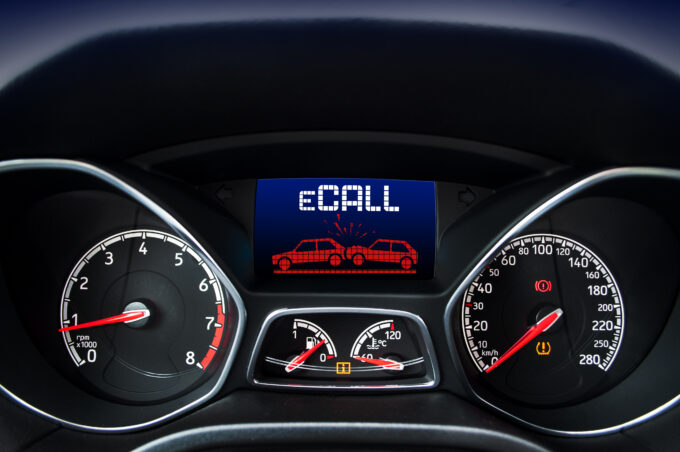Counterfeiting and piracy
The fake handbag on the beach, the copy of branded sunglasses on the Internet - everyone knows them. But who is behind these goods? Who earns from them and who loses? And who puts themselves in danger? An exhibition at the Customs Museum provides the answers.

Ordering the latest sneakers online at a low price or buying a copy of the Swiss brand watch on vacation - what's the big deal? Those who consciously decide to buy a counterfeit often do not think about the consequences of their actions and usually know little about the background and the extent of counterfeiting and piracy.
The mafia is behind it
"All too often, people's minds about counterfeiters are filled with a romanticized image of a Robin Hood who wants to make it possible for everyone to buy brand-name goods cheaply. This fails to recognize that behind this lies organized crime, which is only interested in its own profit," says Anastasia Li-Treyer, president of Stop Piracy. According to estimates by the Research Center on Transnational Crime at the University of Milan, counterfeiters generate more than 40 million euros annually in the EU alone. In addition, consumers often negligently expose themselves to health and safety risks when buying a counterfeit: "Around one third of all counterfeits seized by EU customs authorities prove to be potentially dangerous to the health and safety of consumers," says Jürg Herren, Vice President Stop Piracy.
Exhibition at the Customs Museum
To draw attention to the issue, Stop Piracy is hosting a special interactive exhibition on the subject of counterfeiting and piracy, entitled "Beautiful Appearance - Dark Shadow?", in two rooms of the Swiss Customs Museum at Cantine di Gandria, Lugano. The exhibition, specially designed for young people, vividly presents the range of counterfeit products and shows the background to counterfeiting and illegal copying. The exhibition explains the importance of industrial property rights (trademarks, designs, patents) and the consequences of counterfeiting and piracy for the economy and society. Visitors learn that counterfeits are produced and distributed by criminal gangs, often resulting in a chain of criminal activity. With regard to specific product groups (medicines, spare parts, etc.), the health and safety risks of counterfeits are highlighted. The visitors are informed about the legal regulations regarding counterfeits. They learn how to recognize counterfeits and pirated products when making purchases and how not to fall for supposed bargains that end up costing everyone dearly.
Customs: Over 12,000 counterfeits
Customs is also a member of Stop Piracy. With its controls, it makes an important contribution to preventing the import of counterfeits and thus also to protecting Switzerland as a business location. In 2015, Customs withdrew more than 12,000 counterfeit branded goods from circulation. The Federal Customs Administration enforces over 200 laws, ordinances and other legal decrees during its inspections. Copyright, trademark and design law are just three of them.
Source: Stop Piracy / Federal Customs Administration FCA









